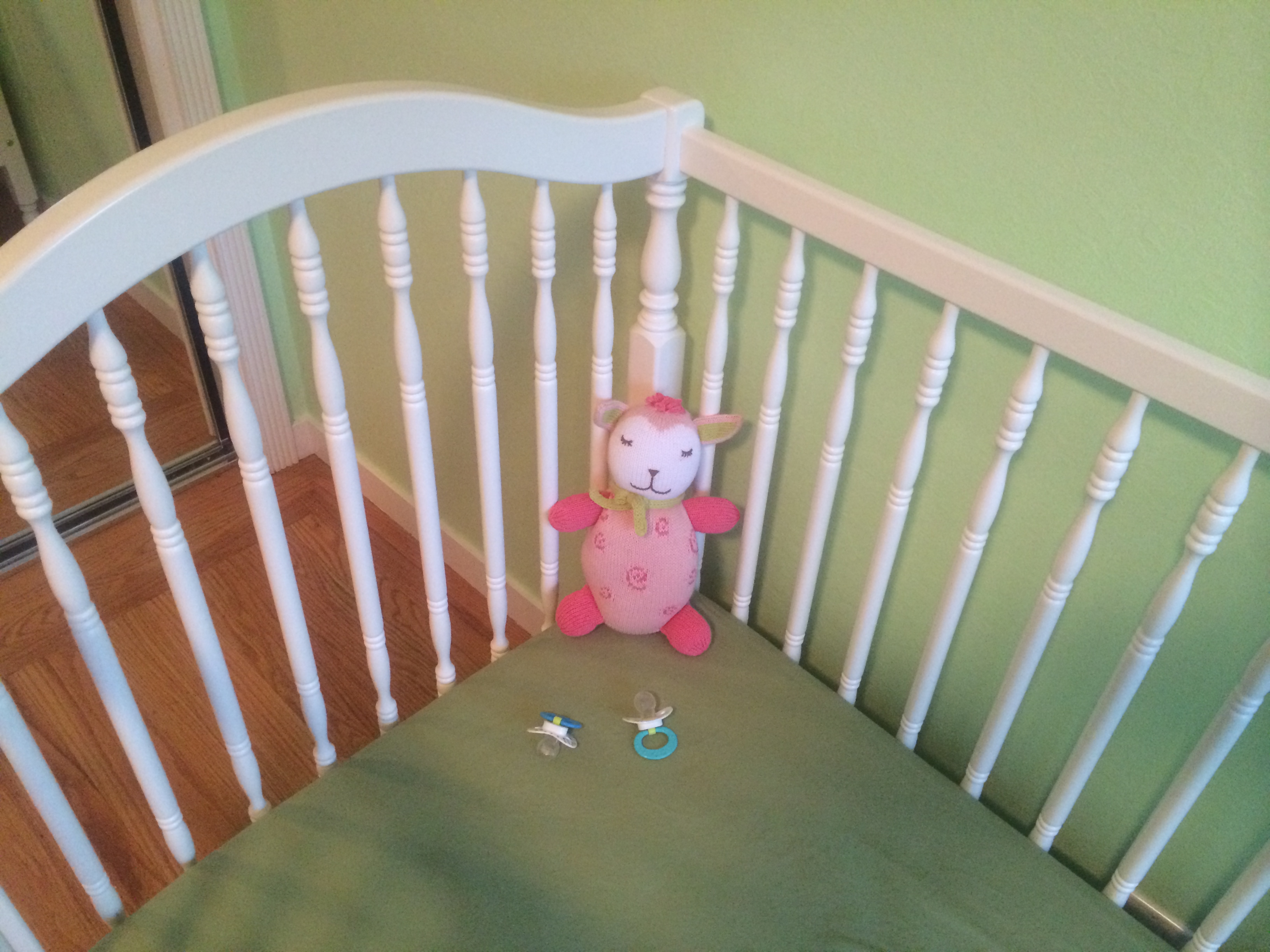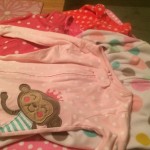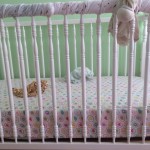As I’ve mentioned before, my husband tiptoes into our sleeping daughter’s room each night around 9:30 p.m. and sprinkles extra pacifiers around the crib.
He does this “Dream Paci” to make it less likely our 20-month-old tot (a pacifier addict) will wake up in the middle of the night and cry because she can’t find a pacifier.
Well, recently, my husband added a new element to his nighttime ritual, a trick that is today’s hint. Now, in addition to dropping off the pacifiers, my husband leaves a different stuffed animal in the corner of the crib each night (think a penguin one night and a cat or monkey the next).
The purpose: So my daughter will be pleasantly surprised when she wakes up each morning and have something to play with until it’s time for her to wake up (i.e. until her “tot clock” alarm sounds).
So far, the “Dream Toy,” as we’re calling this strategy, seems to be working. With the help of our “frugal tot clock” and the stuffed animals, we don’t hear a cry from our daughter until her alarm goes off at 6:20 a.m., a much more civilized wake up time than the 5 a.m. to 5:30 a.m. wake ups that led my husband and I to begin employing our clock and toy approach.
Why don’t we just leave a stuffed animal in the crib with our daughter when we say goodnight? Not only would that eliminate the element of surprise for our daughter each morning, but there’s also the chance that playing with the toy could perhaps interfere with her falling asleep (she already plays with her loveys for a good 15 minutes each night before falling asleep).
We’re not the only parents who do a “dream toy” approach of sorts, and you don’t necessarily need to leave stuffed animals. Other items work just as well.
When we were complaining to friends about our daughter’s early wake up times, a number of friends recommended that we leave books at night in the crib for our daughter to find when she wakes up. My husband says he prefers stuffed animals to books because he doesn’t think our daughter will be able to “read” the books in the early morning darkness.
Meanwhile, the sites Mamapedia, Today’s Parent and What to Expect share similar strategies for dealing with early morning wake ups. Elsewhere, if your child is in a bed, the site DisneyFamily.com suggests putting a box of toys next to your child’s bed after he or she goes to sleep, rotating what’s inside so “there’s always something new and interesting in the box.”
To be sure, as The Baby Sleep Site points out in a nice roundup of crib toys, you’re not supposed to put soft toys in the crib with babies. As BabyCenter notes, such items can increase the risk of sudden infant death syndrome (SIDS) and pose suffocation and strangulation risks.
So, don’t try this “Dream Toy” trick unless your child is at least age 1 and out of the highest risk stage for SIDS.
In addition, Ari Brown, M.D., coauthor of Baby 411, shares some helpful tips over at Parenting.com regarding what kind of stuffed animals and toys to allow in the crib – think small stuffed toys with no removable eyes or buttons and fabric books. And as The Cleveland Clinic points out, you’ll want to avoid leaving extra-large stuffed animals that your child could use to help him or her climb out of the crib.
What do you think of the “Dream Toy”? What are your tricks for keeping little ones entertained, or sleeping, until you’re ready to wake up?
Follow Hint Mama on Facebook and Twitter, and read more about her and her disclosures.







Oh this is a great one, and one that I often use as a nanny. Children need to have rest time, or even a good solid sleep. So do parents. Your suggestions are great. Here is mine:
Add some books for them to read in their crib when they wake up- they can read until its time to get up. You can also use this at nap time. Most of the time they will fall back asleep after reading. Great way to avoid the fight at bedtimes too.
Put some stuffed animals in there bed, that play music, or just ones that are their favorite.
Lastly add a music mobile, that they can push on and watch. We have an aquarium with a light. It also has sea animals that move.